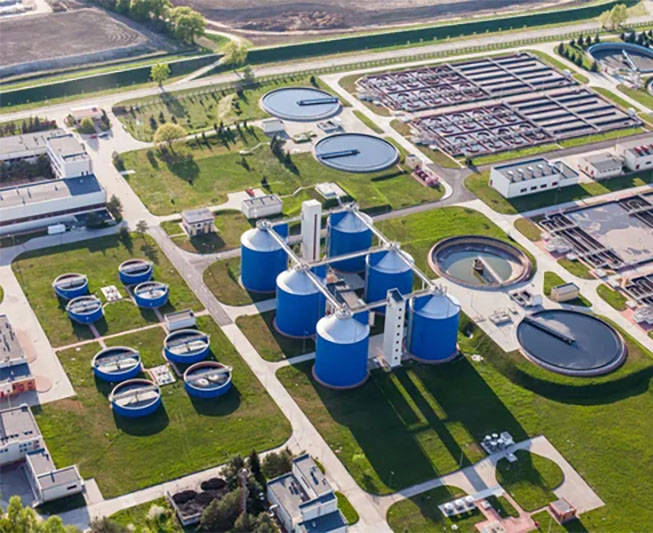- krofta@kroftaengineering.com
- Durga Bhavan A-68, FIEE Complex, Okhla Industrial Area Phase – II, N.D – 110 020
Automobiles & Paint
How can we help
- API or TPI oil water separators
- Dissolved Air Flotation to remove remaining oil, grease and suspended solids
- Sludge de-watering to treat the sludge from primary process
AUTOMOBILES AND PAINT
Primary water treatment and sludge dewatering play crucial roles in maintaining environmental sustainability and operational efficiency within an automobile manufacturing plant. These processes are essential components of the overall wastewater management system. Here's an overview of their roles:
Primary Water Treatment: This wastewater may contain a variety of pollutants such as oils, greases, suspended solids, heavy metals, and other contaminants. The primary treatment process focuses on the removal of larger particles and materials that can be easily separated from the water before it undergoes further treatment.
- Screening: The wastewater is passed through screens or grates to remove large objects, debris, and solids like leaves, plastics, and other materials that could potentially clog downstream processes.

- Oil and Grease Removal: Oil and grease present in the wastewater are skimmed off the surface of the tanks. This helps prevent these substances from entering the water treatment system and causing operational issues.
- Flotation and Sedimentation: DAF technology can remove the suspended particles as well and emulsified oil and grease
Sludge Dewatering: Sludge is the semi-solid material that settles at the bottom of sedimentation tanks during the primary treatment process. It contains a mixture of solids and water, and it needs to be treated before disposal to reduce its volume and minimize its environmental impact.
Sludge dewatering involves the removal of excess water from the sludge, converting it into a more manageable and transportable form. This process has several benefits:
- Volume Reduction: Dewatering significantly reduces the volume of sludge, making it easier and more cost-effective to transport and dispose of.
- Environmental Impact: Properly treated and dewatered sludge has a reduced environmental impact when disposed of, as it minimizes the risk of leaching contaminants into soil and water bodies.
- Resource Recovery: In some cases, dewatered sludge can be further processed to extract valuable resources
Common sludge dewatering methods include:
Mechanical Dewatering: This involves using mechanical equipment like filter presses, Screw Press, and belt presses to squeeze or centrifuge the sludge to remove water
Proper management of both primary water treatment and sludge dewatering is essential to ensure regulatory compliance, minimize environmental impact, and maintain the overall efficiency of the automobile manufacturing plant's operations.

